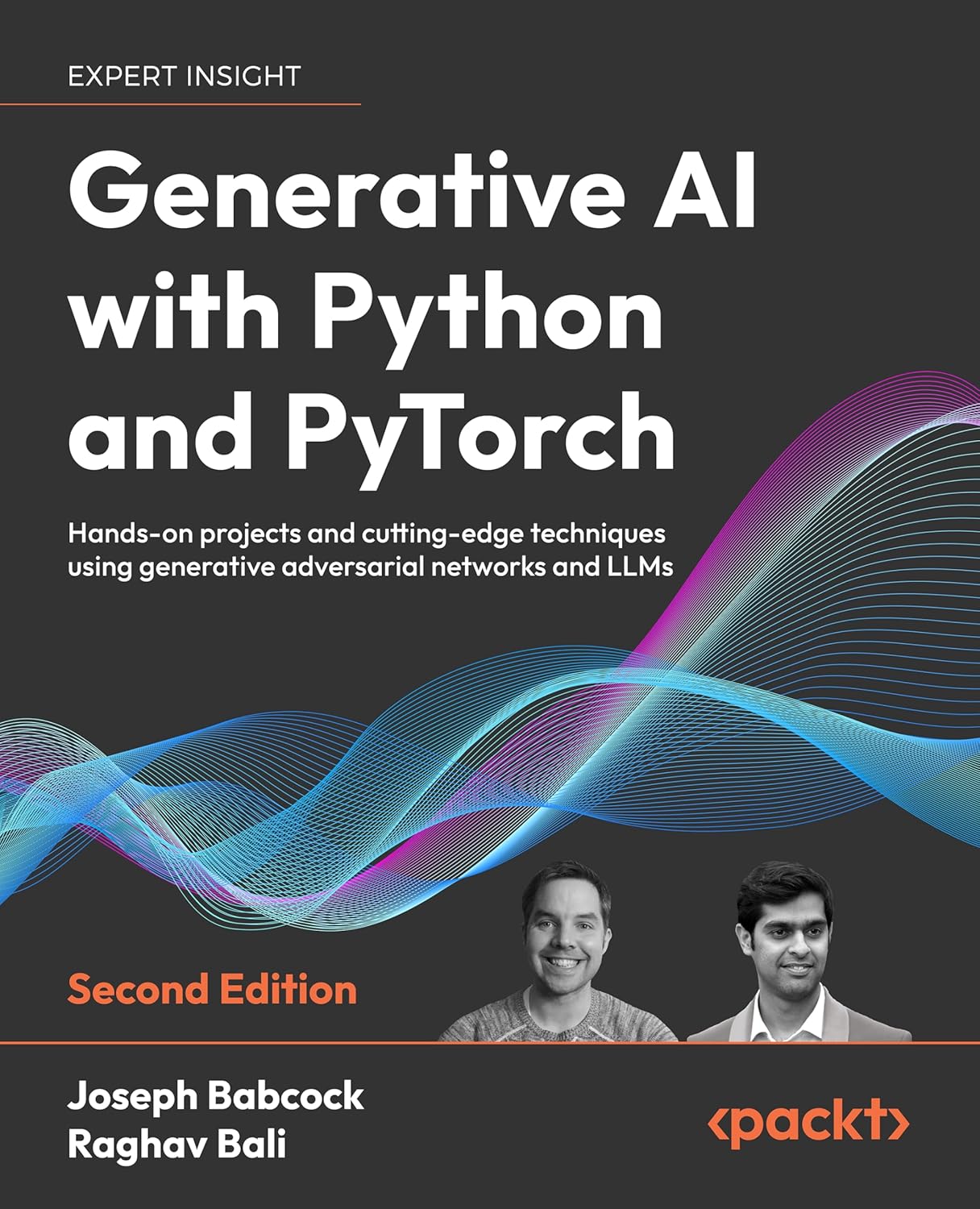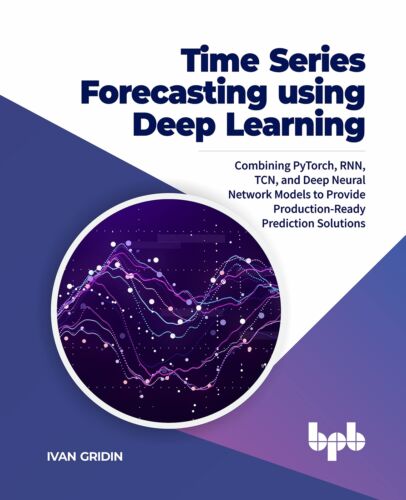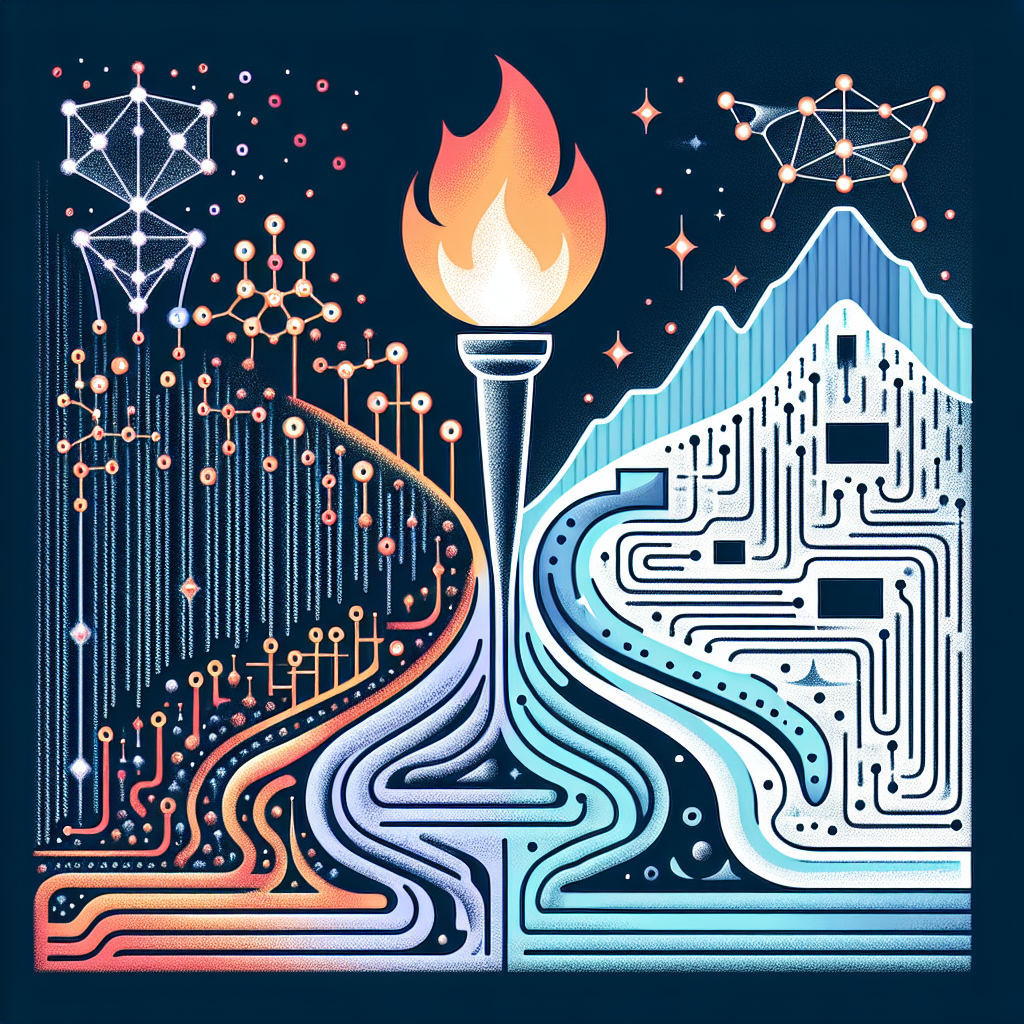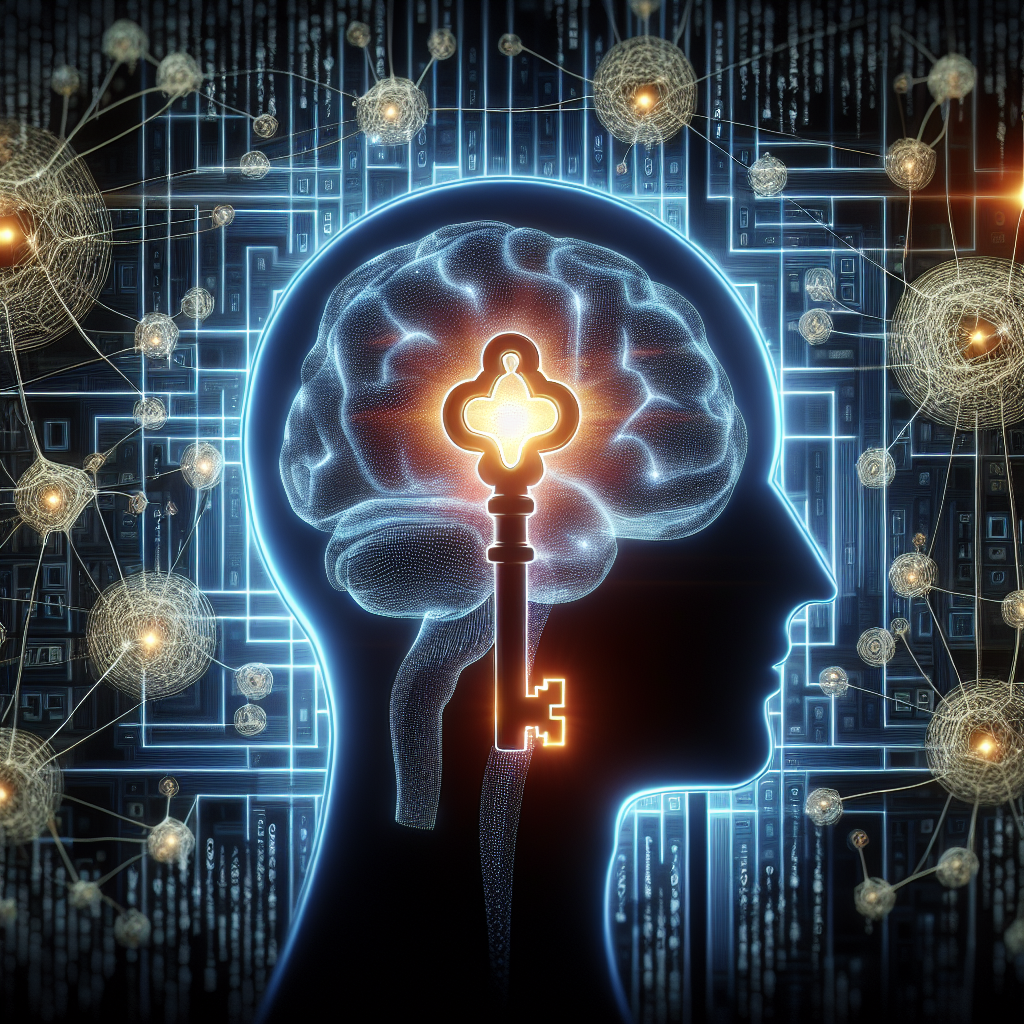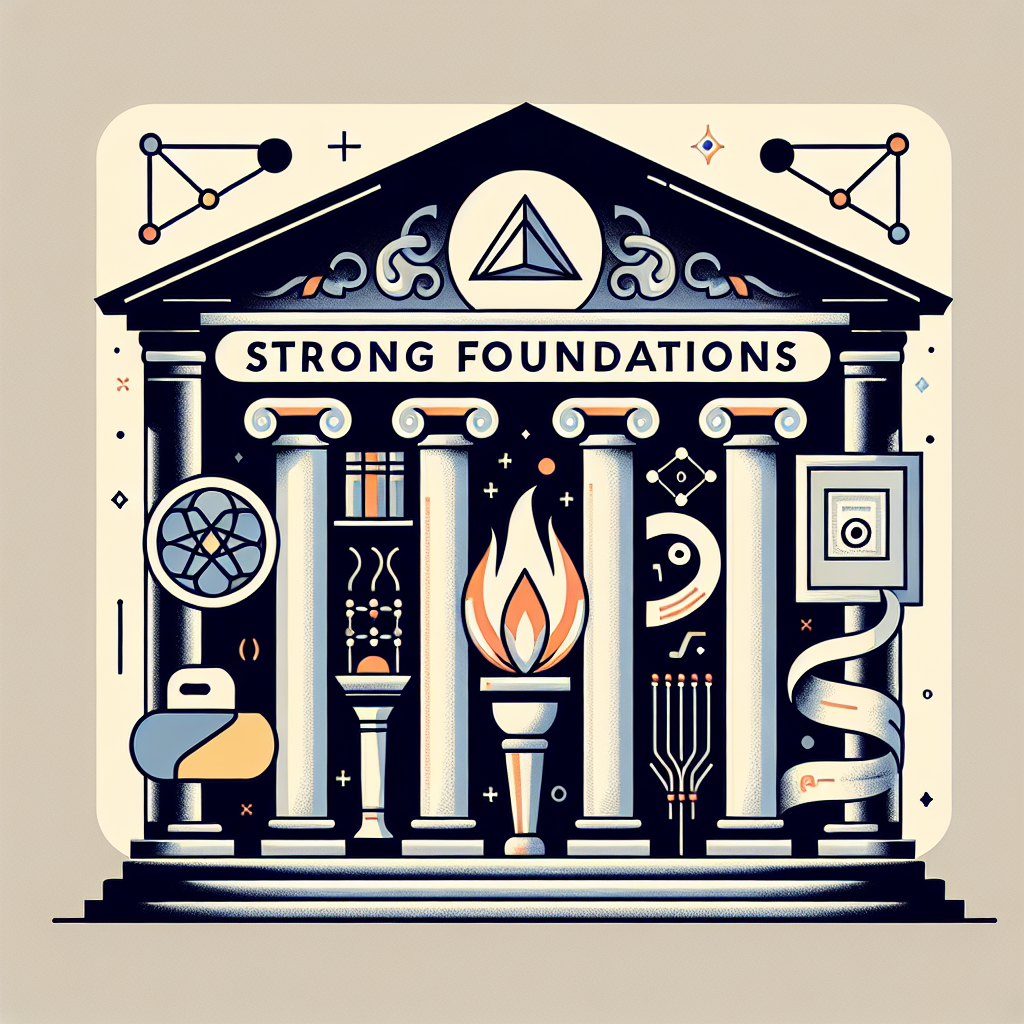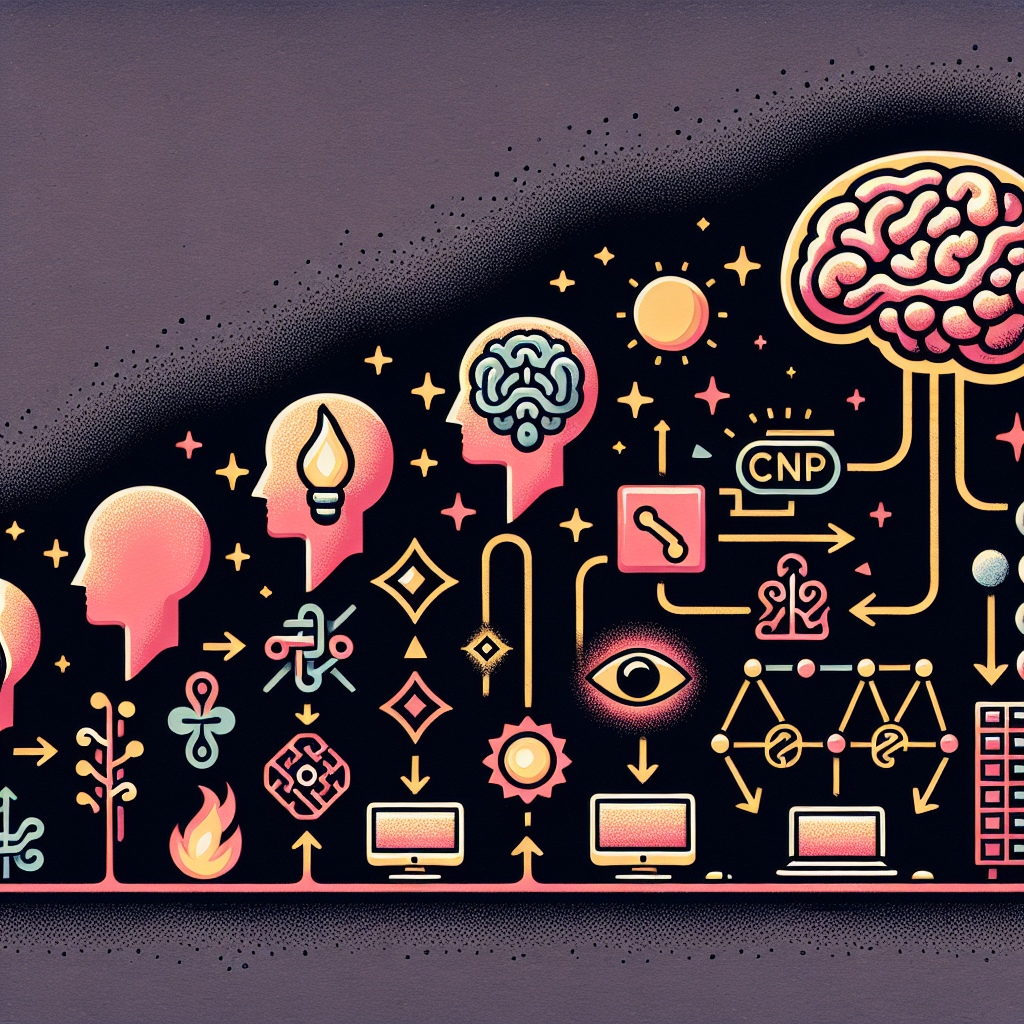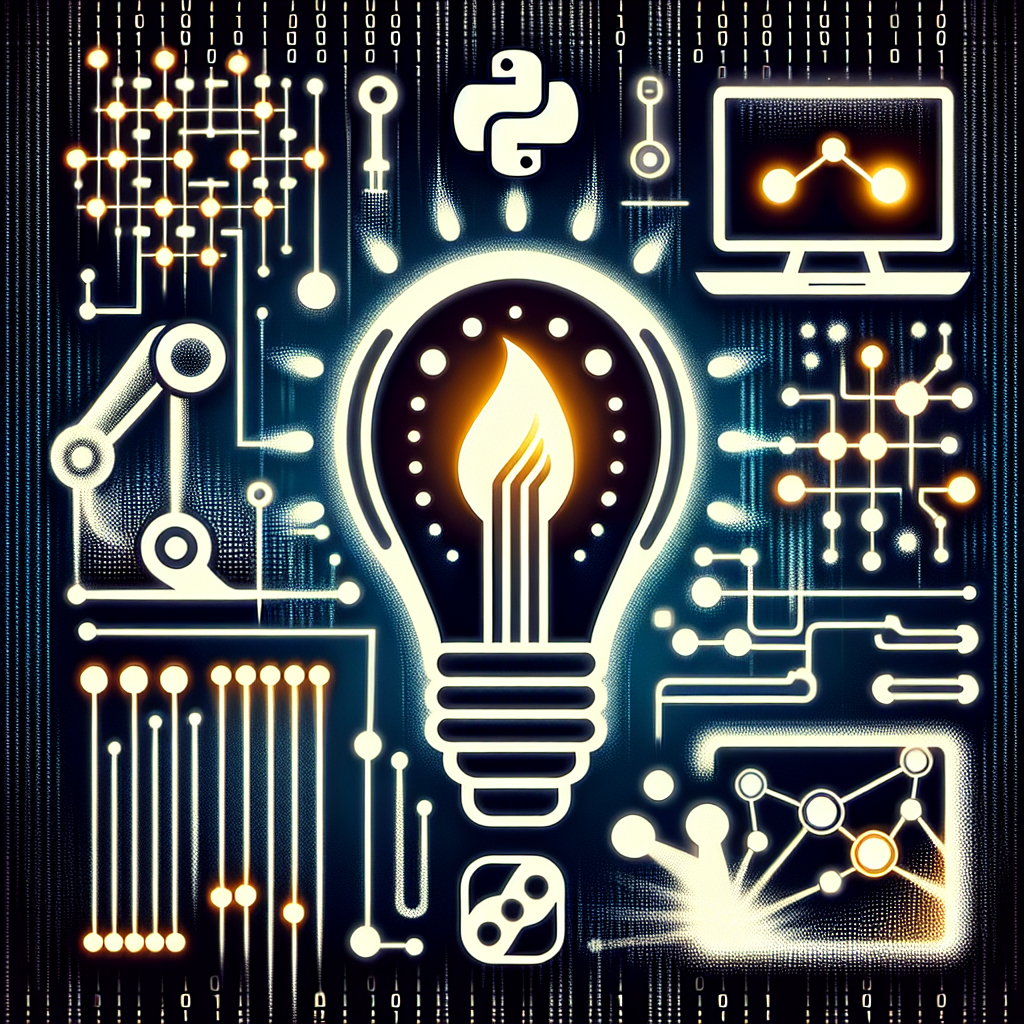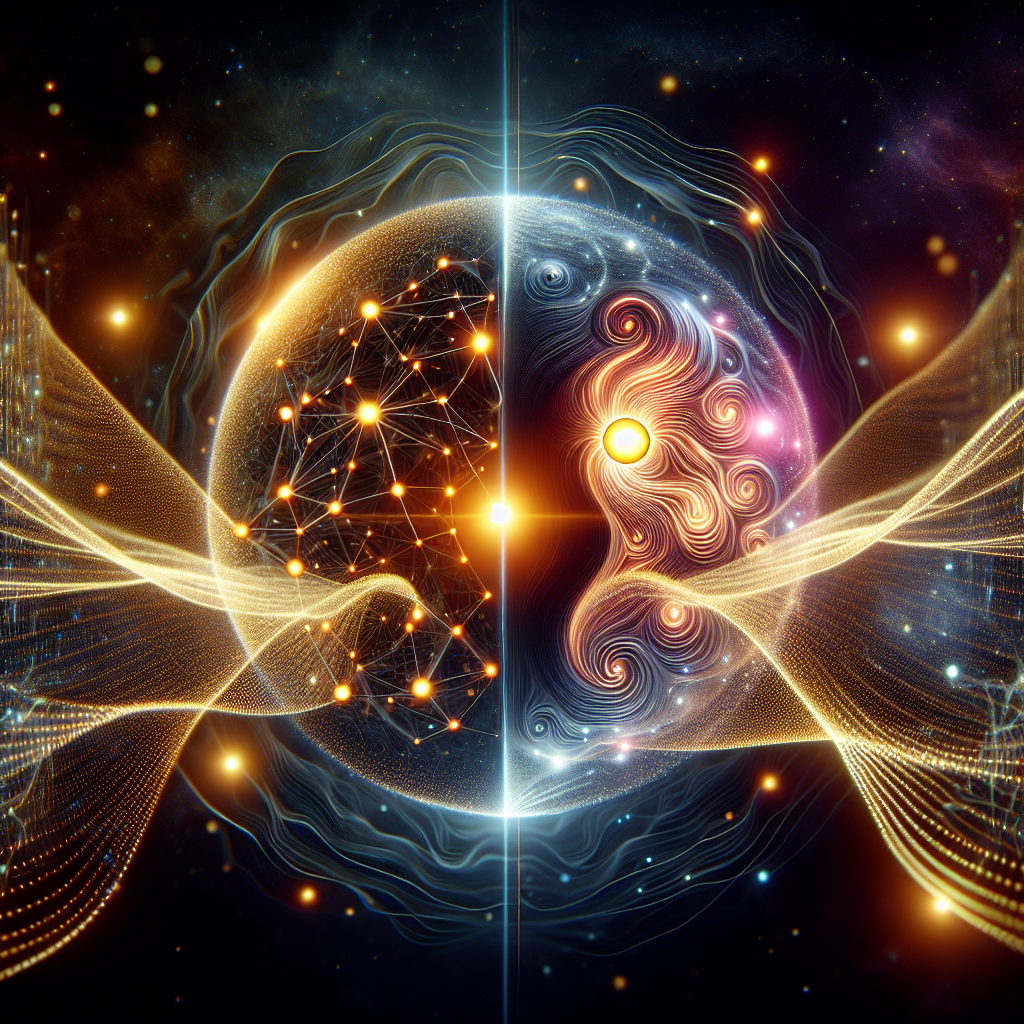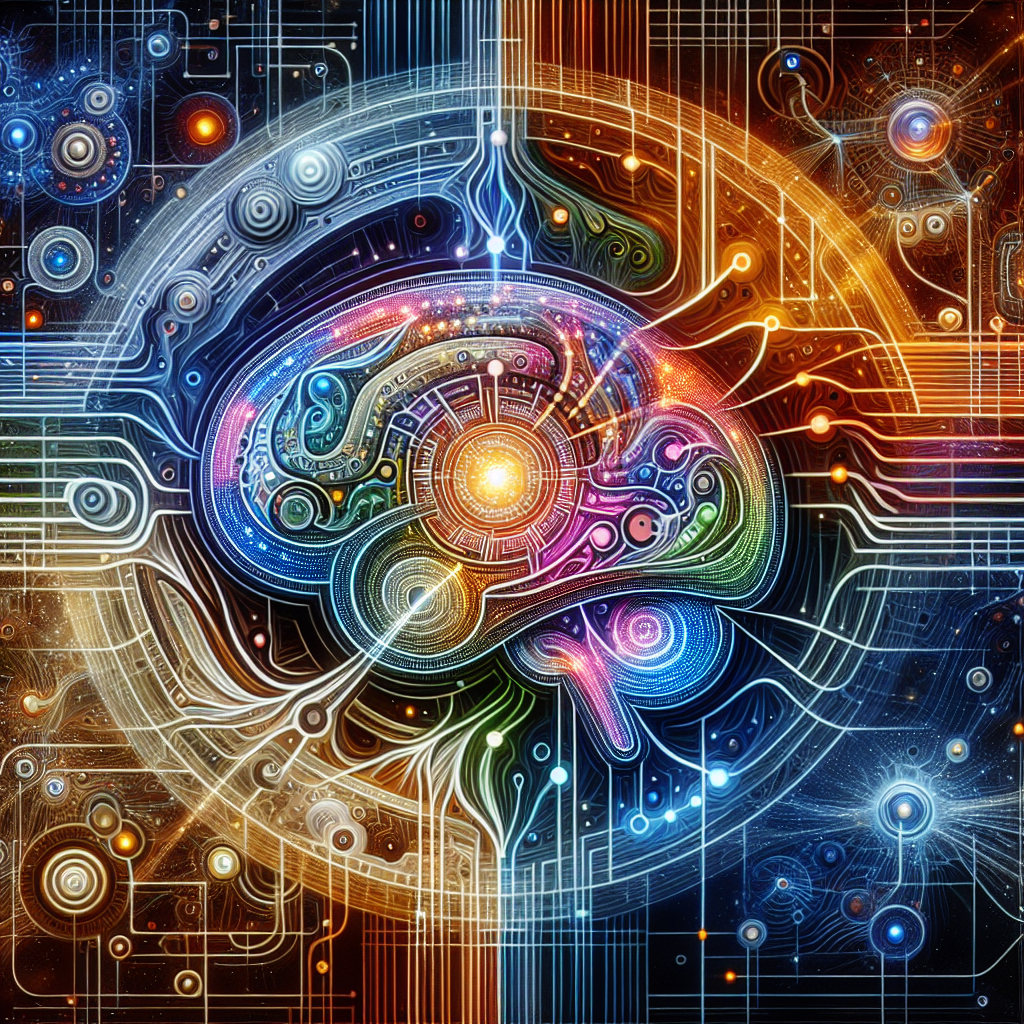Deep learning has revolutionized the field of artificial intelligence, enabling machines to learn complex patterns and make predictions with unprecedented accuracy. Harnessing the potential of deep learning requires a comprehensive understanding of the underlying principles and tools, such as PyTorch and TensorFlow.
PyTorch and TensorFlow are two of the most popular deep learning frameworks used by researchers and practitioners around the world. These frameworks provide a high-level interface for building and training deep neural networks, making it easier to experiment with different architectures and algorithms.
In this comprehensive guide, we will explore the key concepts of deep learning and demonstrate how to leverage the power of PyTorch and TensorFlow to build sophisticated models for a variety of tasks, such as image classification, natural language processing, and reinforcement learning.
Getting Started with PyTorch and TensorFlow
Before diving into the world of deep learning, it is important to understand the basics of neural networks and how they are trained. Neural networks are a class of algorithms inspired by the structure and function of the human brain, consisting of interconnected layers of artificial neurons that learn to perform specific tasks through a process called backpropagation.
PyTorch and TensorFlow provide a simple and intuitive way to define and train neural networks using a set of high-level abstractions known as tensors. Tensors are multi-dimensional arrays that represent the input data, model parameters, and output predictions in a neural network.
To get started with PyTorch, you can install the framework using pip and import the necessary modules to build a simple neural network. For example, you can define a convolutional neural network (CNN) for image classification by specifying the layers and activation functions using PyTorch’s nn module.
Similarly, TensorFlow provides a similar set of abstractions for building and training neural networks, such as the Keras API for defining models and layers, and the tf.GradientTape API for computing gradients during backpropagation. By importing the TensorFlow module and defining a sequential model, you can create a deep learning model in just a few lines of code.
Training Deep Learning Models with PyTorch and TensorFlow
Once you have defined a neural network architecture, the next step is to train the model on a dataset using an optimization algorithm such as stochastic gradient descent (SGD) or Adam. PyTorch and TensorFlow provide built-in functions for computing gradients and updating the model parameters during training, making it easy to experiment with different optimization techniques and hyperparameters.
To train a model in PyTorch, you can define a loss function to measure the difference between the predicted outputs and the ground truth labels, and use the autograd module to compute the gradients of the loss with respect to the model parameters. By iterating over the training data and optimizing the model using the optimizer’s step method, you can train a deep learning model to achieve high accuracy on a given task.
Similarly, TensorFlow provides a similar workflow for training deep learning models, such as compiling the model with a loss function and optimizer, and fitting the model to the training data using the fit method. By specifying the number of epochs and batch size, you can train a neural network in TensorFlow and evaluate its performance on a validation set to ensure that it generalizes well to unseen data.
Fine-Tuning Pretrained Models and Transfer Learning
In addition to training deep learning models from scratch, you can also leverage pretrained models and transfer learning to accelerate the training process and improve the performance of your model on a specific task. Pretrained models are deep learning models that have been trained on a large dataset, such as ImageNet, and can be fine-tuned on a smaller dataset to achieve better performance with less data.
PyTorch and TensorFlow provide a wide range of pretrained models for image classification, object detection, and natural language processing, such as ResNet, MobileNet, and BERT. By loading a pretrained model and replacing the final layer with a custom classifier, you can finetune the model on a new dataset and achieve state-of-the-art results with minimal effort.
Transfer learning is another powerful technique in deep learning that involves transferring knowledge from a source domain to a target domain to improve the performance of a model on a specific task. By freezing the weights of the pretrained layers and only updating the weights of the new layers during training, you can leverage the features learned by the pretrained model and adapt them to the target task.
Conclusion
In this comprehensive guide, we have explored the key concepts of deep learning and demonstrated how to harness the potential of PyTorch and TensorFlow to build sophisticated models for a variety of tasks. By understanding the basics of neural networks, training deep learning models, and leveraging pretrained models and transfer learning, you can unlock the full potential of deep learning and achieve state-of-the-art results in artificial intelligence.
Whether you are a beginner looking to get started with deep learning or an experienced practitioner looking to enhance your skills, PyTorch and TensorFlow provide a powerful set of tools and abstractions for building and training neural networks. By following the principles outlined in this guide and experimenting with different architectures and algorithms, you can push the boundaries of what is possible with deep learning and make a meaningful impact in the field of artificial intelligence.
#Harnessing #Potential #Deep #Learning #Comprehensive #Guide #PyTorch #TensorFlow,understanding deep learning: building machine learning systems with pytorch
and tensorflow

